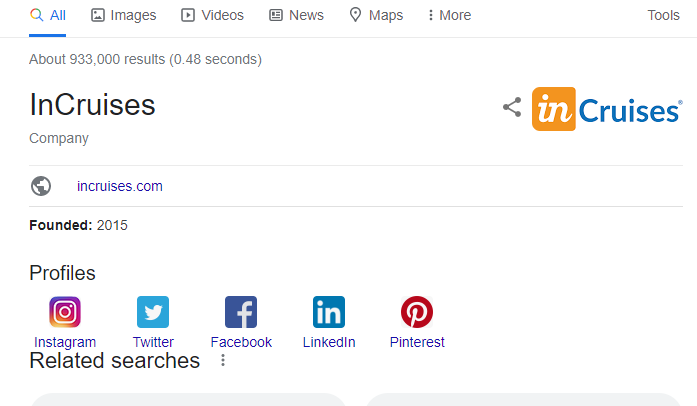

In:# display top 5 rising results for the chicken keyword If you just want the top search results, look in top Lets look at the top 5 rising results: If you are looking for rising popularity topics, use the rising results. Specifically, the dictionary contains a keyword key and two related topics subkeys (rising and top). build_payload(kw_list =, timeframe =' ', geo ='US')ĭf_rt is a dictionary of related_topics information. To do so, you can use the related_topics(), related_queries(), and suggestions() methods. While interest over time is interesting, you may want to use google trends to find related topics, queries, and/or suggestions. In:# import matplotlib plotting module to visualize data (make sure matplotlib is installed using pip)Įxample 2: Related topics, queries, and suggestions Now that we know what the data looks like, lets plot the popularity of each keyword over the time period we requested: # store interest over time information in df lets get the interest over time and print the top 20 rows to see what the data looks like first. Several examples are shown below: Example 1: Interest over timeįirst, lets take a look at how these keywords changed in popularity over time. kw_list: a list of keywords to get data for (limit of 5 keywords at a time)Īfter youve built the payload, you can start to extract useful information using several Pytrends methods.In the example, several parameters were used to tell google the type of information we would like to request. build_payload(kw_list, timeframe =' ', geo ='US') A simple payload building example is shown below. For an API, the payload contains relevant request information that helps the service understand what data you want to obtain. Pytrends = TrendReq(hl ='en-US', tz =360)Īfter establishing a connection with Google, you must build a payload.

# execute the TrendReq method by passing the host language (hl) and timezone (tz) parameters In:# import the TrendReq method from the pytrends request module For now, lets just connect using the following commands. There are several options for adjusting connection parameters (such as using proxies, timeouts and retries), but that is beyond the scope of this discussion. The first thing you want to do is establish a connection with google. verify that pytrends appears on the list.
#Pytrends python install#
Note that during installation, pip may need to install Requests, lxml, and Pandas.Run pip install pytrendsto install the Pytrends library.Open your command prompt and make sure you can run python and pip from your command prompt.Make sure you have an internet connection.To use the Pytrends API, you will need to do the following: Make sure Pytrends is still active and up to date when you read this article. Beware that, due to the unofficial API status, any changes to Google Trends backend could impact a users ability to use the library. Pytrends, according to thePytrends PyPI page, is an unofficial Google Trends API that can be used to extract useful search information using a simple interface. The way you do that is using the Pytrends python library. Beware, youll likely go down a rabbit hole ).Īs a curious and innovative human being, you might be interested in tapping into this wonderful resource to make predictions or understand human behavior.

I encourage you to check out their site if youve never been there before. On theGoogle Trends site, you can see trending keywords, assess the popularity of specific search terms over different time periods, explore related keywords, and much more. Google Trendsis a Google owned website that analyzes search term popularity across various regions and languages.
#Pytrends python how to#
You have Python>3.3 installed on your machine and know how to use it.Since I cant cover everything in this article, I will assume the following: Demonstrate how to get google trends data using several examples.Describe the Pytrends python library and the syntax you need to get Google Trends data.An IMPORTANT note on multiple api requests:.Example 3: Trending searches and top search charts.Example 2: Related topics, queries, and suggestions.Google Trends and the Pytrends library:.


 0 kommentar(er)
0 kommentar(er)
